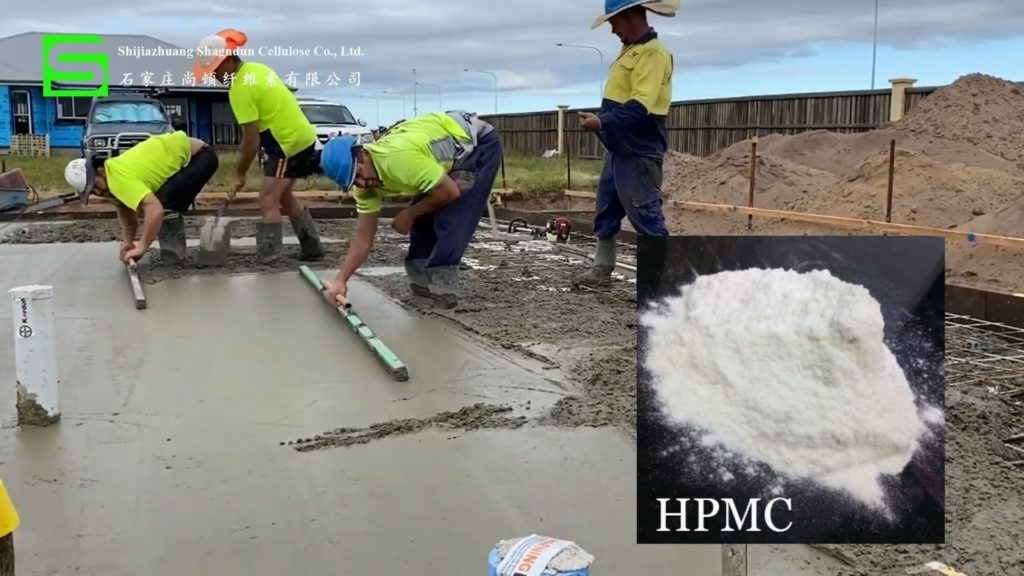Dispersion resistance is an important technical indicator to measure the quality of dispersion-resistant agents. As a water-soluble polymer compound, also known as water-soluble resin or water-soluble polymer, Hydroxypropyl Methyl Cellulose(HPMC) is s a hydrophilic polymer material by increasing the viscosity of mixing water to increase the consistency of its mixture and can be dissolved in water to form a solution or dispersion. With the increase of hydroxypropyl methylcellulose dosage, the dispersion resistance of freshly mixed cement mortar will get better and better.
Studies have shown that hydroxypropyl methyl cellulose can significantly prolong the cooling and setting time of mortar and significantly reduce the amount of slippage of mortar, which is very advantageous to tiling construction. When the mortar without the addition of HYDROXY PROPYL METHYL CELLULOSE cools and sets for 20 minutes, its bonding strength will drop from 0.72MPa to 0.54MPa; while the addition level of hydroxypropyl methylcellulose is 0.05% and 0.1%, the bonding strength of mortar after cooling and setting for 20 minutes will be 0.8MPa and 0.84MPa respectively.

1. extend the setting time
The addition of hydroxypropyl methylcellulose has an obvious retarding effect on the mortar mixture. With the increase of hydroxypropyl methylcellulose dosage, the setting time of mortar will be successively extended. Under the condition of the same hydroxypropyl methylcellulose dosage, the setting time of mortar molded underwater is longer than that molded in the air. This characteristic is beneficial for underwater concrete pumping.
2. good cohesive properties
The freshly mixed concrete mortar with the addition of hydroxypropyl methylcellulose has very good cohesive properties and almost no bleeding phenomenon

